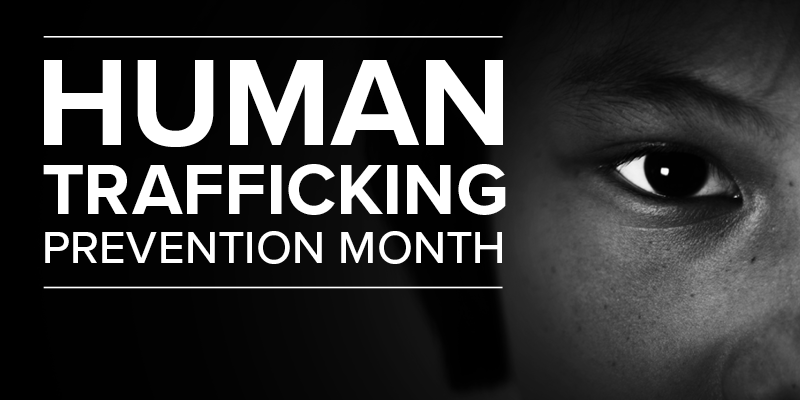
NGOCSTIP – The role of education in preventing human trafficking is crucial in raising awareness and empowering individuals to take action. Education provides the knowledge needed to understand the complexities of human trafficking, helping individuals, communities, and organizations recognize and address trafficking situations effectively. By offering key information and practical strategies, education equips people to identify potential trafficking victims, prevent exploitation, and respond appropriately to combat this global issue.
Education is essential in the fight against human trafficking. Raising awareness at all levels can lead to early identification of victims and traffickers. By teaching children, educators, and the general public about the signs of trafficking, they can better recognize and report suspicious activities. Knowledge about trafficking empowers communities to protect themselves and support those at risk.
Early education is vital, especially in schools. When children are educated on personal safety, they are less likely to fall prey to traffickers. Programs that teach kids about their rights, boundaries, and how to stay safe online can help prevent exploitation. Additionally, community-based education programs help build awareness and increase the understanding of human trafficking within neighborhoods.
“Read about: 20 Indonesians Trafficked to Myanmar: Penalties and Human Trafficking Case Overview”
Educational resources targeted at students can be highly effective in preventing human trafficking. Schools can incorporate lessons on human trafficking into their curriculum, emphasizing the dangers and how to avoid them. Many organizations offer free educational materials designed for teachers to use in the classroom. These resources often include lesson plans, videos, pamphlets, and activities designed to engage students and raise awareness.
Interactive workshops and guest speakers are also effective tools in educating young people. By providing real-life examples and survivor stories, these programs can help students understand the severity of trafficking. Furthermore, such workshops encourage students to ask questions and learn how they can help spread awareness in their communities.
It’s not only students who need education on human trafficking, but also teachers, law enforcement, and other professionals. Educators and law enforcement officers are often the first to encounter potential victims of trafficking. Therefore, it is essential that these professionals receive training to identify warning signs and take appropriate action.
Specialized training programs for teachers help them recognize signs of trauma, strange behaviors, or other indicators of trafficking. Teachers can also be trained on how to handle sensitive situations and refer students to the proper authorities. Law enforcement training includes understanding trafficking networks, detecting signs of trafficking, and knowing how to approach victims.
“Read more: Childhood Skin Diseases: Identifying and Managing Common Conditions”
Public awareness campaigns play a crucial role in educating the wider community. These campaigns often involve distributing information through various media, such as social media, television, and radio. They aim to educate the public on how human trafficking happens, how to identify it, and what to do if they suspect trafficking is occurring.
Campaigns also highlight the different forms of trafficking, such as sex trafficking and labor trafficking. Public campaigns provide a platform to teach about the manipulation tactics traffickers use to lure victims, whether through online channels or physical means. Additionally, these campaigns focus on educating vulnerable populations, such as migrant workers or runaway youth, who are at higher risk of exploitation.
Parents and guardians are the first line of defense when it comes to protecting children from trafficking. Educational resources for parents provide valuable guidance on how to keep children safe from traffickers. These resources cover topics such as online safety, recognizing warning signs, and talking to children about boundaries and safety.
Workshops, brochures, and online platforms designed for parents help them stay informed about the latest trends in human trafficking and how they can protect their families. These resources also give parents tools for talking openly with their children about the dangers of trafficking in an age-appropriate way.
The internet can be both a tool for trafficking and a platform for prevention. Several online platforms have emerged to educate individuals about human trafficking and offer resources for support. These platforms often provide online courses, webinars, and educational videos that help raise awareness on the issue.
Social media also plays an important role in educating the public and spreading awareness about human trafficking. Organizations use social media to share stories, facts, and tips to protect potential victims. The use of hashtags and viral campaigns also helps raise awareness on a larger scale, allowing more people to be educated and take action.
Many non-governmental organizations (NGOs) and international organizations are dedicated to preventing human trafficking through education. These groups work in partnership with governments, schools, and communities to provide educational materials and programs. They often offer resources in multiple languages to ensure accessibility to diverse populations.
NGOs also collaborate with law enforcement agencies, educators, and medical professionals to provide specialized training. These partnerships ensure a comprehensive approach to combating trafficking and supporting victims. Educational resources provided by NGOs often focus on both prevention and rehabilitation, giving individuals the knowledge and skills to recover from trafficking and rebuild their lives.